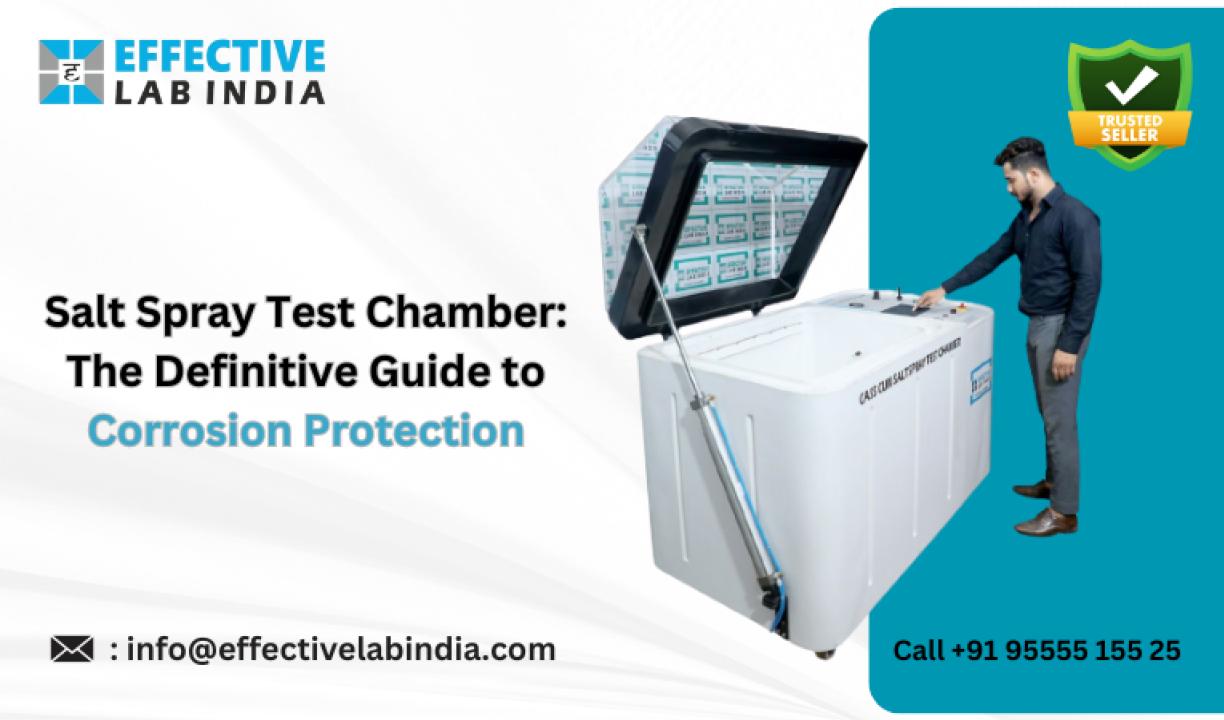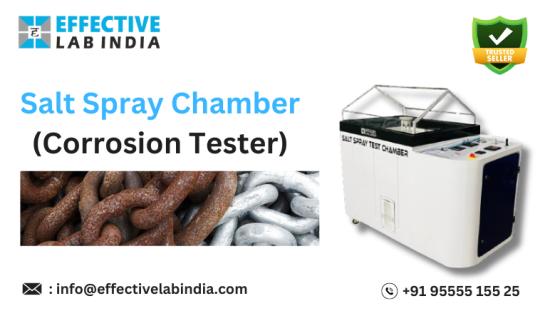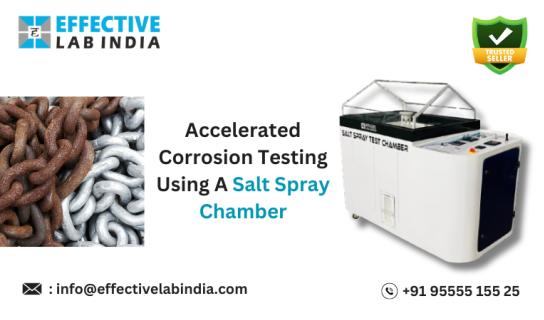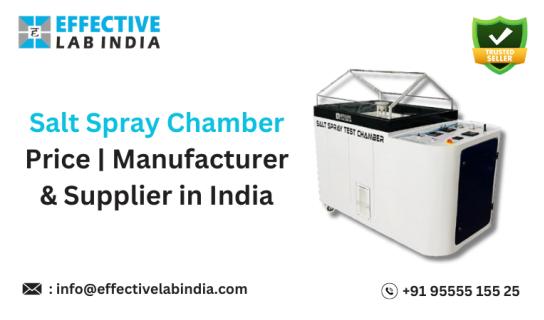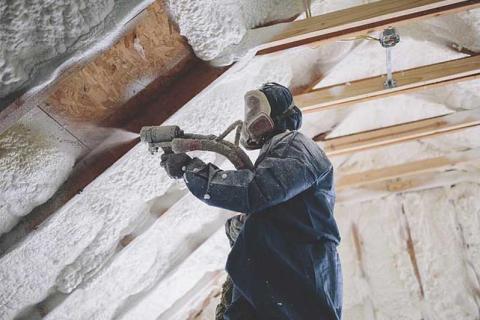Salt spray chamber are vital for testing materials and coatings for corrosion. Manufacturers can test their products’ durability in harsh conditions. They can do this by exposing samples to a controlled, corrosive environment. This article will explore salt spray chamber. We’ll cover their workings, benefits, and importance across industries.
What is a salt spray test chamber?
A salt spray test chamber is a lab device. It stimulates and speeds up corrosion. It exposes materials to a saline fog at controlled temperatures and humidity. This provides a standardized way to test for corrosion resistance. This method is useful in industries with harsh environments, like marine or automotive.
Key Features of Salt Spray Test Chamber
Several critical features equip salt spray chamber, including:
- Chambers are usually made of corrosion-resistant materials, like stainless steel or reinforced plastics.
- Temperature Control: Temperature settings allow for precise control over the testing environment.
- Humidity Control: Adjusting the humidity level ensures an accurate simulation of corrosive conditions.
Salt Spray Test Procedure
The salt spray test involves a systematic process:
- Preparation: Samples are cleaned and placed in the chamber.
- Saline Solution: A 5% sodium chloride saltwater solution is atomized into the chamber.
- Exposure: Samples are exposed to this mist for a set time, under controlled conditions.
- Analysis: After testing, samples are analyzed for corrosion, typically by observing surface degradation.
Benefits of Salt Spray Testing
Salt spray testing offers several advantages:
- Corrosion Resistance: It determines how well a material withstands corrosive environments.
- Quality Assurance: Manufacturers must ensure their products meet industry standards before marketing them.
- Cost-effective: Early detection of potential corrosion problems helps prevent costly repairs or recalls.
Industries Using Salt Spray Test Chambers
Many industries rely on salt spray test chamber to evaluate their products:
- Automotive: To ensure the durability of metal parts and coatings.
- Aerospace: For testing the corrosion resistance of aircraft components.
- Marine: To protect ships and marine equipment from saltwater corrosion.
- Electronics: For corrosion testing of parts used in harsh environments.
Importance of Corrosion Resistance Testing
Corrosion resistance testing determines a product’s durability by measuring its lifespan. Corrosion can cause material failure. This can be costly and dangerous, especially in transportation and infrastructure. Salt spray testing helps manufacturers identify weaknesses and improve product longevity.
Salt Spray Chamber vs Other Corrosion Test Methods
Salt spray testing is one of many corrosion tests. Others include cyclic and immersion tests. Each method has its advantages:
- Salt Spray Test: Quick and efficient for surface corrosion analysis.
- Cyclic Corrosion Testing: Simulates more realistic environmental conditions.
- Immersion Testing: Focuses on prolonged exposure to liquids.
Salt Spray Test Standards
Several standards guide salt spray testing:
- ASTM B117 is the prevailing standard for salt spray testing procedures.
- ISO 9227: International Standard for Testing Corrosion Resistance.
How to Choose the Right Salt Spray Chamber
When selecting a salt spray chamber, consider factors such as:
- Size: Chamber size should accommodate your testing needs.
- Temperature Range: The chamber must reach the test’s required temperature range.
- Manufacturer Reputation: Research manufacturers to ensure they provide reliable and accurate equipment.
Salt Spray Chamber Manufacturer
Several manufacturers produce high-quality salt spray chamber. Some of the leading manufacturers include:
- Effective Lab India is known for its innovative and reliable test chambers.
- Q-Lab: A global leader in corrosion testing instruments.
- Ascott Analytical specializes in advanced corrosion testing solutions.
Maintenance and Calibration of Salt Spray Test Chamber
Proper maintenance and calibration are essential for ensuring accurate test results.
Maintain the chamber through regular cleaning and nozzle replacement. Adjust temperature and humidity settings as needed.
This will extend the equipment’s life and maintain testing precision.
Case Study: Effective Lab India’s Salt Spray Test Chamber
Effective Lab India has made a salt spray test chamber. It meets the highest industry standards. One application used its chamber to test the corrosion resistance of automotive parts. This improved product performance and customer satisfaction. Its corrosion testing expertise has made it a trusted partner to many manufacturers.
Future Trends in Salt Spray Testing
As technology advances, so do testing methods. The future of salt spray testing may include:
- Automated Systems: More efficient, hands-free operation.
- Solutions aligned with nature: Testing methods that cut eco-damage.
Practical Applications of Salt Spray Testing
Salt spray testing dominates product development and material selection processes. Engineers use this data to improve designs and select coatings. It also helps them ensure compliance with industry standards.
FAQs
What materials can we test in a salt spray chamber?
One can test most metals and coatings. These include aluminum, steel, and some protective coatings.
How long does a salt spray test last?
It depends on the standard and the required corrosion resistance. It can range from a few hours to several weeks.
What industries benefit the most from salt spray testing?
Industries in harsh environments, like automotive and aerospace, enjoy salt-spray testing.
Conclusion
Salt spray testing is vital. It ensures product quality and durability in many industries. Manufacturers can improve their materials and extend product life by simulating corrosive conditions. Choose and maintain the right salt spray chamber to succeed in corrosion testing.
